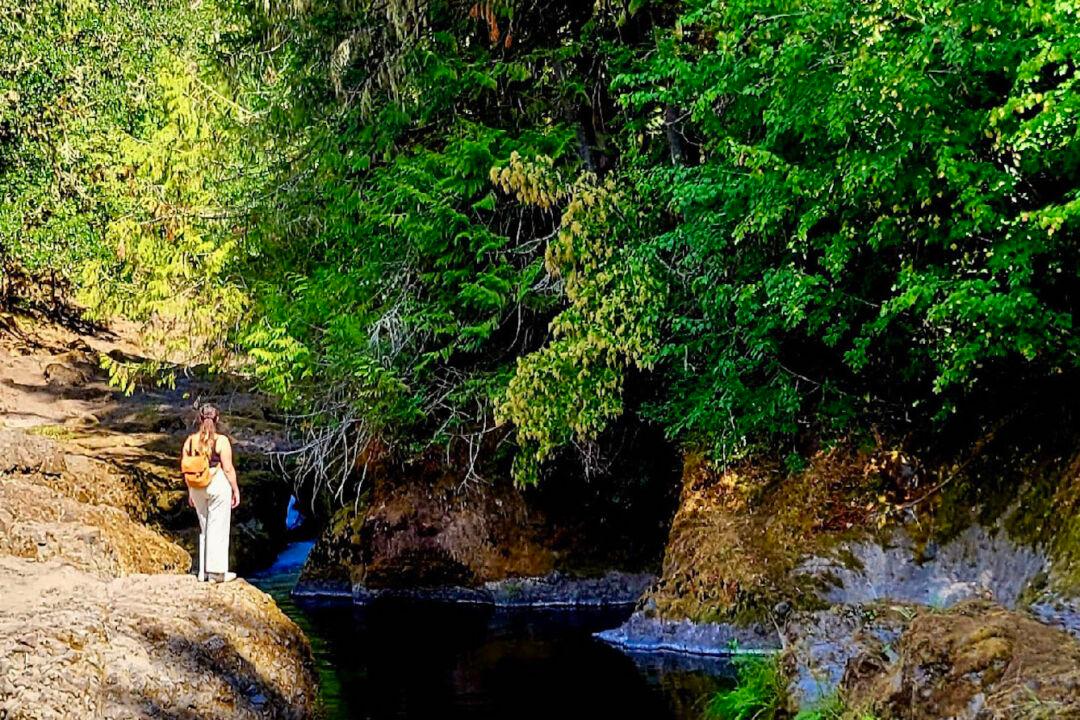It’s said that the first white men to enter the vast region of the Yakima Valley were members of the Lewis and Clark expedition of 1805. But to the Native American tribal peoples who had been hunting, fishing, planting, and gathering in the valley for thousands of years, Clark and his party were just tourists. How could they possibly envision a future propelled by the westward migration of settlers, the building of towns, the planting of vast tracts of land, the coming of the railroad, the highway, and a lot more tourists?
The Yakima Valley stretches for hundreds of miles east from the slopes of Mount Rainier to the meandering banks of the Columbia River. And while Seattle may attract the lion’s share of Washington’s visitors, a trip to the Yakima Valley is guaranteed to be eye-opening and tastebud-pleasing. It’s a place where people treat you like old friends amid an endless landscape dotted with orchards of pears, peaches, cherries, and apples, row upon row of vineyards, and rolling fields of hops. It’s a region that is also rich in its cultural history, which can best be appreciated by exploring three museums.





